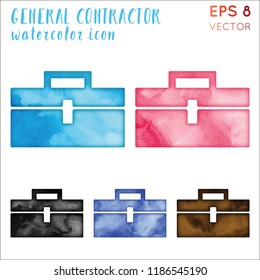Essential Seasonal Aspects Of Commercial Exterior Painting: What You Need To Comprehend
Essential Seasonal Aspects Of Commercial Exterior Painting: What You Need To Comprehend
Blog Article
Web Content Writer-Carlson Chaney
When you're planning a business external painting task, seasonal aspects can make or damage your results. You'll wish to consider just how temperature level and moisture influence paint application and drying times. Choosing the appropriate period can ensure your paint adheres appropriately and lasts much longer. Yet which line painting are genuinely the best for this sort of work? Let's discover the crucial elements that can affect your job's success.
The Impact of Temperature Level on Paint Application
When you're planning a commercial exterior paint project, the temperature level can considerably affect how well the paint sticks and dries out.
Preferably, you intend to paint when temperature levels range in between 50 ° F and 85 ° F. If it's too cold, the paint may not treat effectively, resulting in issues like peeling off or cracking.
On the other side, if it's as well hot, the paint can dry out as well promptly, preventing proper adhesion and causing an uneven surface.
https://www.masslive.com/living/2021/07/picasso-painting-found-in-new-england-home-sells-at-massachusetts-auction-for-150000.html should additionally take into consideration the moment of day; morning or late afternoon offers cooler temperature levels, which can be a lot more favorable.
Always check the supplier's recommendations for the details paint you're utilizing, as they often give guidance on the optimal temperature level array for optimal outcomes.
Moisture and Its Result on Drying Times
Temperature isn't the only environmental element that influences your industrial external paint task; humidity plays a considerable duty also. High humidity degrees can slow down drying times dramatically, impacting the total quality of your paint work.
When the air is saturated with wetness, the paint takes longer to heal, which can bring about problems like inadequate attachment and a greater danger of mold development. If you're painting on a particularly moist day, be planned for extended delay times in between layers.
It's essential to keep track of neighborhood climate condition and plan accordingly. Ideally, aim for humidity levels between 40% and 70% for optimum drying out.
Keeping these factors in mind guarantees your task stays on track and delivers an enduring surface.
Best Seasons for Commercial Outside Painting Projects
What's the most effective season for your business outside painting jobs?
Spring and very early autumn are normally your best options. Throughout these periods, temperature levels are light, and moisture degrees are commonly lower, producing perfect conditions for paint application and drying.
Stay clear of summer season's intense heat, which can create paint to dry too promptly, resulting in poor adhesion and coating. In a similar way, wintertime's cool temperatures can hinder correct drying out and curing, taking the chance of the long life of your paint task.
Go for days with temperature levels between 50 ° F and 85 ° F for ideal results. Bear in mind to inspect the regional weather report for rain, as damp problems can ruin your task.
Preparation around these factors guarantees your painting project runs efficiently and lasts much longer.
Final thought
Finally, preparing your commercial exterior paint jobs around seasonal factors to consider can make a substantial difference in the outcome. By organizing job during the excellent temperature levels and humidity levels, you'll ensure much better attachment and drying out times. Keep in mind to keep an eye on regional weather forecasts and select the correct time of year-- springtime and very early fall are your best bets. Taking these steps will certainly assist you accomplish a sturdy and specialist finish that lasts.
